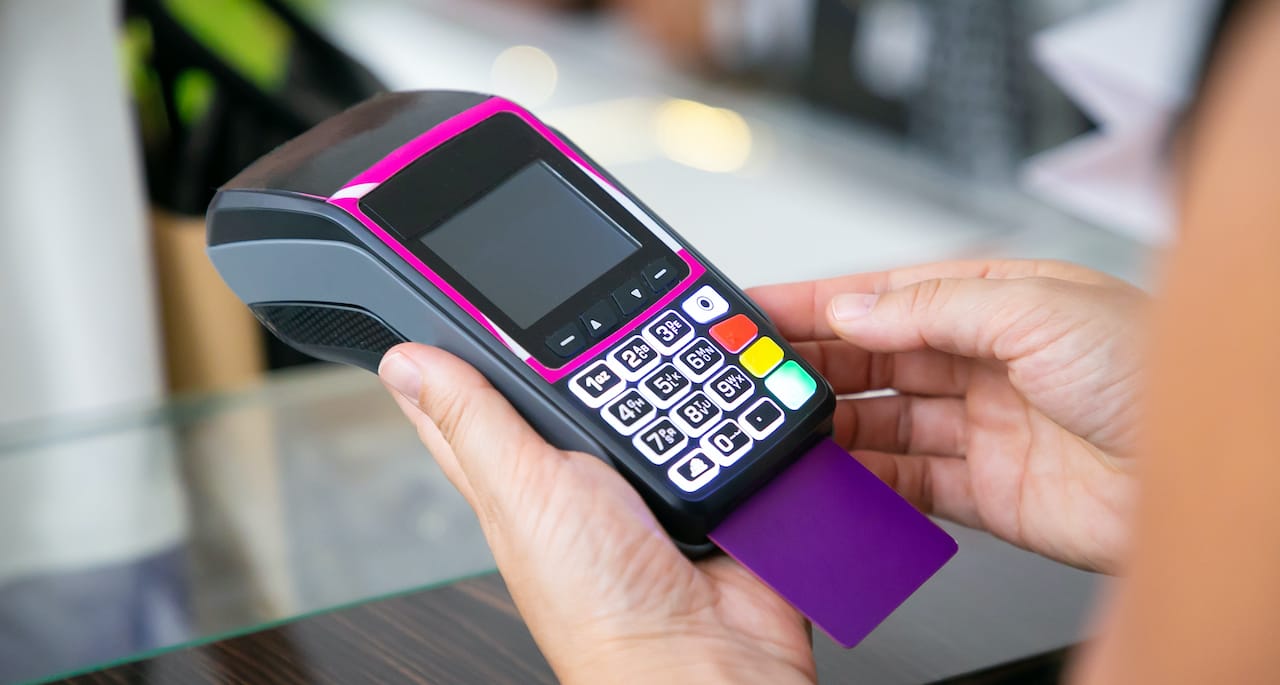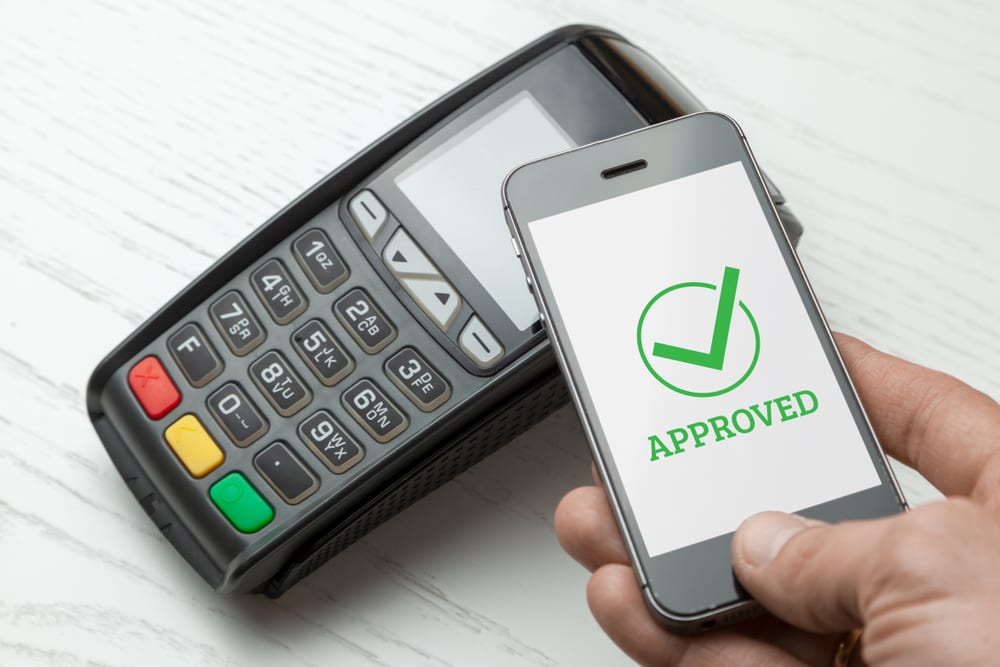
What is POS Payment and what do it exactly do?
Various types of point-of-sale (POS) terminals, known as POS Payments, are found in shops, stores, metro stations, cinemas, sports arenas, and various establishments. We encounter them daily in our interactions. The fundamental function of a POS terminal, in simple terms, is to withdraw money from your account and transfer it to the merchant’s or the POS device owner’s account.
POS terminals come in various types, each designed and customized for different businesses. They serve specific purposes and cater to the unique needs of various industries.
What is a Point-of-Sale (POS) terminal, also referred to as a POS device?
A point-of-sale terminal, also known as POS device, facilitates transactions and enables customers to make purchases and pay for expenses instantly using credit cards. POS is often regarded as an in-store sales terminal. However, virtual POS systems also exist and are frequently utilized for online purchases.
In simple terms, a POS device refers to a collection of hardware and software that interacts with various payment systems, telecommunications, internet connections, and banking systems, allowing for the automatic withdrawal and transfer of transaction amounts from the buyer’s account to the merchant’s POS account through the banking system.
Due to their ease of use and convenience, various types of POS have quickly replaced traditional cash registers, rendering them obsolete. Nowadays, it’s rare to find a store, even in urban or rural areas, that is not equipped with some form of POS Payment terminal.
POS systems offer numerous benefits to businesses. For instance, some mobile POS systems enable payment for goods and services at the customer’s location (such as at the customer’s doorstep, at their table in a restaurant, or wherever they request your service).
How Does a Point of Sale (POS) Work?
When you use a credit card to pay for your purchases, the Point of Sale terminal (POS device) first reads the magnetic strip of your card to access payment information such as the transaction amount, the merchant’s POS Payment account information, as well as your account details. These details include the bank account number, card number, card balance, and transaction amount.
After checking your card balance and entering the card’s PIN, the transfer of funds takes place from one account to another. The transaction is recorded, and a printed receipt or an email and SMS notification are sent to the buyer. Various types of POS terminals exist, both portable and fixed, each suitable for specific categories of businesses.
Fixed POS devices are often suitable for large restaurants and chain stores, while most medium and small businesses use portable POS terminals for card payments.
Price, performance, and user-friendliness are essential criteria for POS system buyers. In an interconnected and rapidly growing world, system security is also of paramount importance. Let’s now delve into the most common types of POS Payment terminals and the features of each one.
 Different Types of POS Devices and Their Features
Different Types of POS Devices and Their Features
There are various types of Point of Sale (POS) systems, and technology has brought revolutionary changes to their usage and implementation.
Many companies have transitioned from traditional POS Payment systems to Cloud-based POS systems. Traditional POS systems store data in local services on the card reader. On the other hand, Cloud-based POS systems securely store data on remote servers, offering high levels of security. These data can be easily accessed and searched from multiple devices. Before choosing the type of card reader device, it’s essential to determine whether you need a traditional POS or a Cloud-based POS.
Here are five common and different types of POS systems that your business can utilize:
- Desktop POS System
A desktop POS system is installed on a computer terminal and is best suited for fixed locations like retail stores or restaurants. It provides a comprehensive range of features and capabilities.
- Handheld POS System
Handheld POS systems are portable devices, often in the form of tablets or smartphones, that enable staff to process transactions on the go. These are ideal for businesses with table service or outdoor events.
- Mobile POS System
Mobile POS Payment systems operate on smartphones and can turn them into card readers. They are convenient for small businesses or vendors who require a simple payment solution while on the move.
- Cloud-Based POS System
Cloud-based POS systems store data on remote servers, offering accessibility from multiple devices and locations. They provide real-time data analysis and seamless integration with other business software.
- Multi-Channel POS
A multi-channel POS system enables businesses to process transactions through various channels, such as online, in-store, and mobile. It helps unify sales data and offers a consistent customer experience across different platforms.
By choosing the right POS Payment system that aligns with your business needs, you can streamline transactions, enhance efficiency, and provide a seamless payment experience for your customers.
What is a Desktop POS System?
A desktop POS system, also known as a desktop point of sale system, is essentially a computer that utilizes POS software and is connected to a cash drawer. These POS systems are highly customizable and can run various types of POS software.
With a desktop POS Payment system, you have internet access and can upgrade the system with new updates or external hardware. However, desktop POS systems are not “plug and play.” While they offer high adaptability and a range of services, they often require IT support, and it may take some time for staff to become familiar with operating the device.
A desktop POS system is an excellent choice for large businesses such as chain stores and busy shopping centers, where the features and functionalities of the system can be effectively utilized.
Handheld POS System
A handheld POS system is a portable POS device that can be carried by staff to process transactions from one point to another. This type of point-of-sale terminal is the most common and is frequently used in bakeries, supermarkets, and various other businesses. With handheld POS systems, employees can take orders, process card payments, and print transaction receipts.
These POS Payment devices are excellent options for restaurants, supermarkets, bakeries, fruit stands, food trucks, and other mobile businesses. They offer the convenience of mobility, allowing transactions to be processed on the spot, enhancing efficiency and customer service.
Mobile POS System
A mobile POS system is a portable and modern point-of-sale solution. In this type of POS device, the POS software is run on mobile hardware, such as tablets or smartphones. A mobile POS system is excellent for providing customer service during purchases. Sales associates can access product information and customer profiles from a handheld POS to check inventory and offer personalized recommendations.
With this type of POS Payment system, customers no longer need to pause the buying process to complete their purchases. Instead, any staff equipped with a mobile device can assist customers from anywhere in the store. Mobile POS systems are particularly suitable for pop-up sales experiences, such as markets and fairs, where traditional fixed POS terminals may not be practical.
The convenience and mobility of mobile POS systems make them ideal for businesses that prioritize seamless customer interactions and require flexibility in providing sales services at various points within the store or off-site locations.
Features of a Comprehensive Purchase System, Including Tax and Discount Calculation
- Purchase Total Calculation: The POS Payment system should accurately calculate the total purchase amount, taking into account all items, quantities, and prices, including any applicable taxes and discounts. Payment Processing for Various Payment Methods: The system should support multiple payment options, such as credit cards, debit cards, cash, mobile payments, and other electronic payment methods, providing flexibility for customers.
- Familiar and User-Friendly Hardware: The POS system should utilize user-friendly and familiar hardware, such as tablets or smartphones, making it easy for staff to operate and navigate the interface.
- Integrated Barcode Scanner: The POS system can be equipped with an integrated barcode scanner, simplifying inventory management by quickly scanning product codes and updating stock levels.
- Inventory Management Features: The system should offer robust inventory management capabilities, enabling real-time tracking of stock levels, automatic stock updates after each purchase, and alerts for low inventory levels.
- Multiple Purchase Options: The POS Payment system should provide various purchase options, such as home delivery, in-store payment, and order pickup, catering to different customer preferences and increasing convenience.
- Integration with Existing Tools: The system should seamlessly integrate with other tools and software already present in your store’s management system, avoiding data duplication and streamlining business processes.
Conclusion
With a multi-channel POS system, you can efficiently handle online sales, manage inventory, process payments, and track orders from both online and offline channels in one place. This level of convenience is particularly beneficial for retail businesses or medium-sized restaurants that operate through various channels.
A multi-channel POS Payment system streamlines operations, enhances customer service, and provides valuable insights into your business’s overall performance. Whether it’s managing in-store transactions or fulfilling online orders, this comprehensive solution helps your business thrive in a dynamic and interconnected market.


0 comments